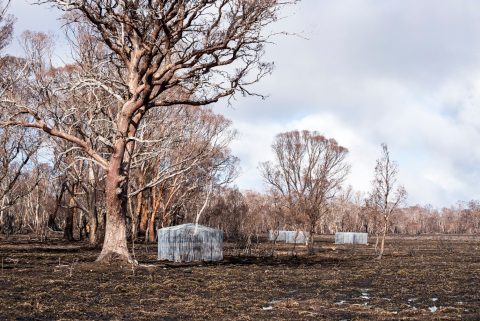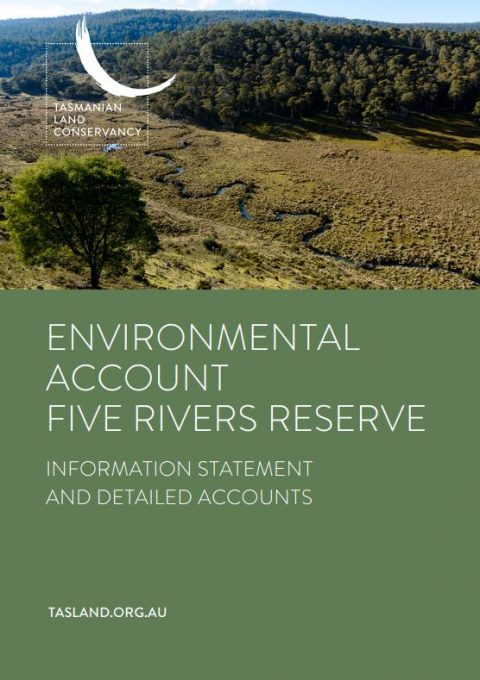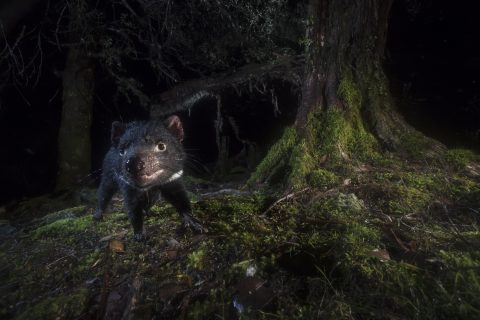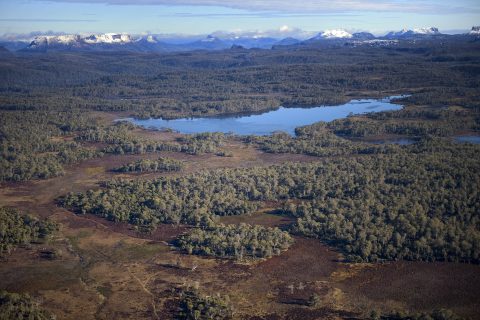A HIGHLANDS LANDSCAPE IN THE TASMANIAN WILDERNESS WORLD HERITAGE AREA
Five Rivers Reserve is the TLC’s largest, covering 11,000 hectares. An impressive landscape in Tasmania’s central highlands, it features open grassland valleys, old-growth forests and woodlands, native grasslands, endangered sphagnum moss beds and alpine heathlands. The reserve protects and five river systems: the Nive, Serpentine, Pine, Little Pine and Little Rivers.
Five Rivers Reserve is habitat for endangered wildlife species that live wild only in Tasmania, including the Tasmanian devil, Tasmanian wedge-tailed eagle, the eastern quoll and the Clarence galaxias fish.
Substantial areas of the Five Rivers Reserve are in or adjacent to the Tasmanian Wilderness World Heritage Area. It neighbours trawtha makuminya, the protected area owned and managed by the Tasmanian Aboriginal Centre.
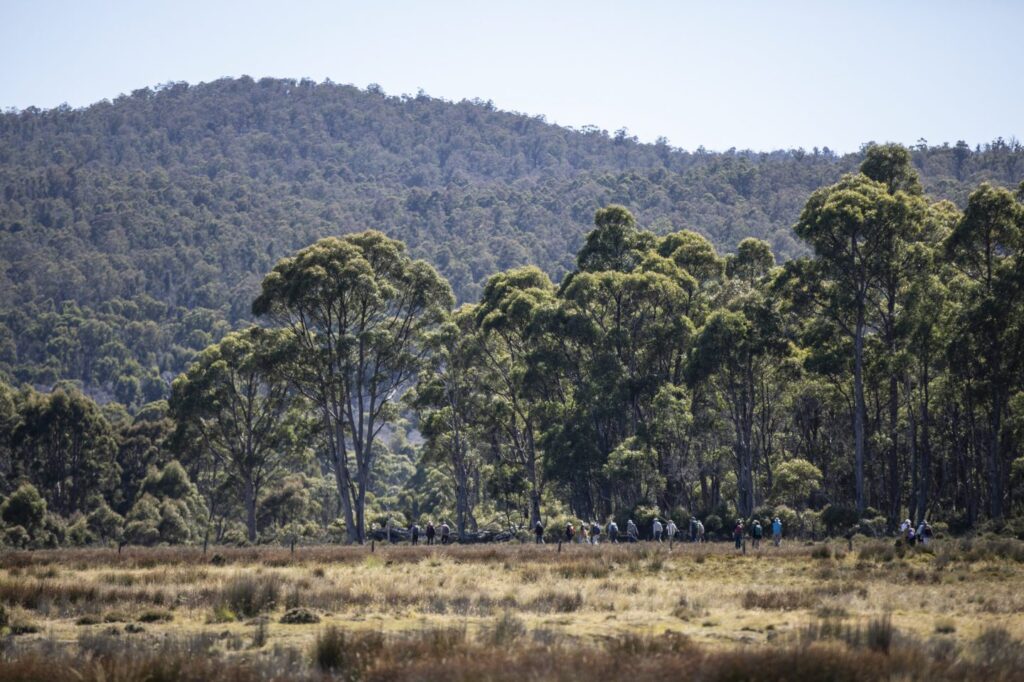
PROTECTING TASMANIA’S CIDER GUMS
Five Rivers Reserve is home to stands of cider gums (Eucalyptus gunnii). This tree is a true Tasmanian. Like the hardy Tasmanian primary school kids refusing to change from shorts to long pants in the middle of winter, this endemic eucalypt is specially adapted to living in cold and wet conditions. Its sap has a very high sugar content, and acts as a natural antifreeze which allows it to persist on the frosty and often waterlogged margins of highland marshes on the Central Plateau which are uninhabitable to less specialised species. This sap is also what gives the species its name: it was tapped and fermented into a cider-like drink by both the Tasmanian Aboriginal people and early European settlers.
In January 2019, the Great Pine Tier Fire burned more than 50,000 hectares of Tasmania. The fire burned 5,000 hectares of Five Rivers Reserve and killed many of the older cider gums. Since then, the TLC has been working on a research and restoration project to ensure those trees that have sprouted since the fire thrive into the future. Read about this project on the TLC blog, In our Nature.
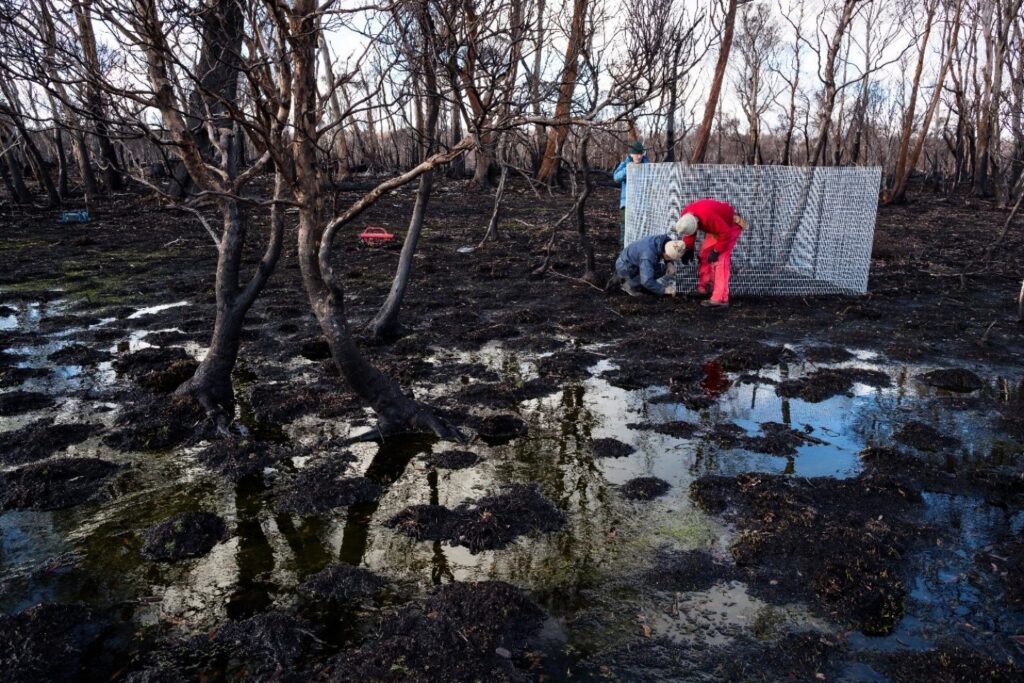
CARING FOR FIVE RIVERS RESERVE
In 2013, 100 fixed monitoring sites were set up across Five Rivers Reserve. Using these sites, the TLC monitors the health of plants and animals across the property and looks for changes over time. Simple, repeatable and robust scientific data is gathered to inform conservation management.
In 2021, this monitoring revealed that although eastern quoll numbers had declined across Tasmania, at Five Rivers Reserve the population had increased.
Five Rivers Reserve is managed at a landscape-scale, addressing issues such as access control, weed and feral animal control and fire management. This also requires maintenance and management of infrastructure, such as roads and bridges, to allow continued all-weather access.
The TLC developed an Environmental Account for Five Rivers Reserve, using an asset condition accounting method created by the Wentworth Group of Concerned Scientists. This was the first case study to be developed on a private reserve in Australia that could convert ecological monitoring data into a common unit of measurement – called Econd. To read more about this project visit our Environmental Account for Five Rivers Reserve.
Skullbone Plains Reserve, still considered a reserve in its own right, has been incorporated into the Five Rivers Reserve landscape management methods.
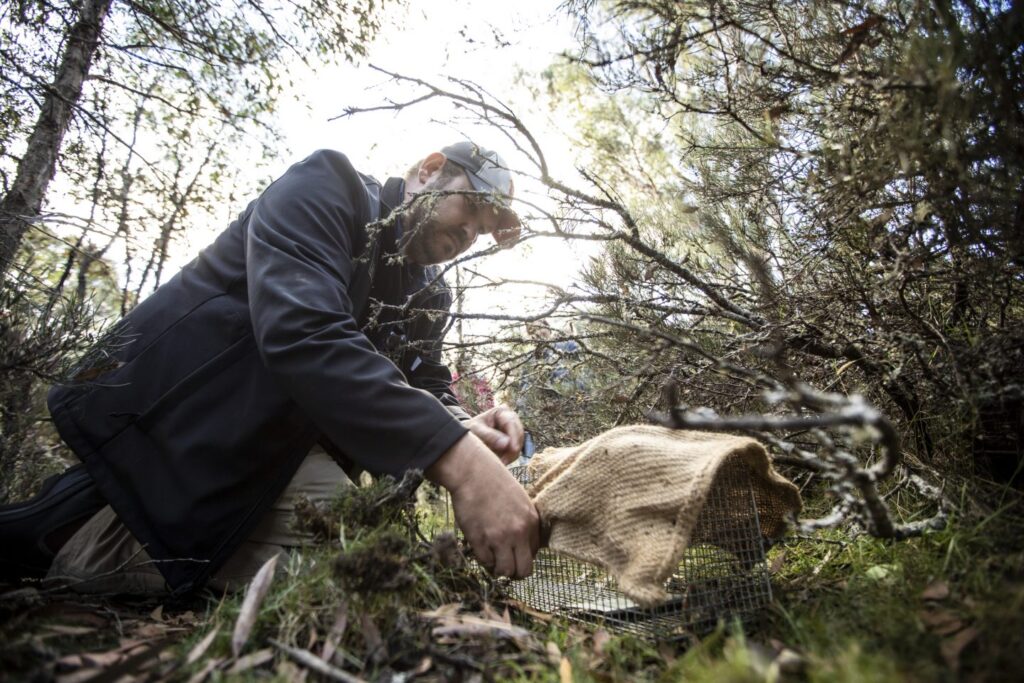
THE FIVE RIVERS STORY
Five Rivers was purchased from the logging company Gunns Ltd and renamed as the New Leaf Project. It included 28,000 hectares of native forest. The purchase of this land was the biggest private conservation deal in Australia’s history at the time. The New Leaf project was many times greater than any previous conservation acquisition by the TLC and the properties were located in many locations across Tasmania. Following the acquisition, the TLC identified which portions of land would join the list of TLC nature reserves, and which properties would be partly protected with covenants and on-sold to conservation-minded buyers. Five Rivers Reserve was one of those properties selected as a reserve.
Through the generosity of the Elsie Cameron Foundation, Australian environmental philanthropists, and many supporters, over six million dollars was raised to help us with the massive task of managing the reserve.
Five Rivers Reserve was initially supported through a partnership with Conservation International and BHP Billiton, who provided expertise and financial support respectively for initial conservation management of the Five Rivers Reserve. This collaboration contributed to a world-class, financially sustainable, effective nature conservation management model at a landscape-scale which contributed to meeting Australia’s international obligations and the Convention on Biological Diversity’s Aichi Target 11.
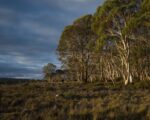
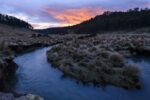
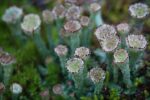
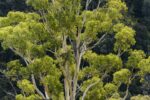
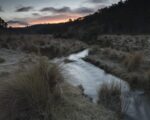
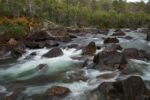
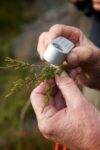
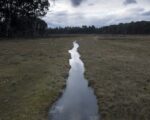
Banner photograph: Grant Dixon


